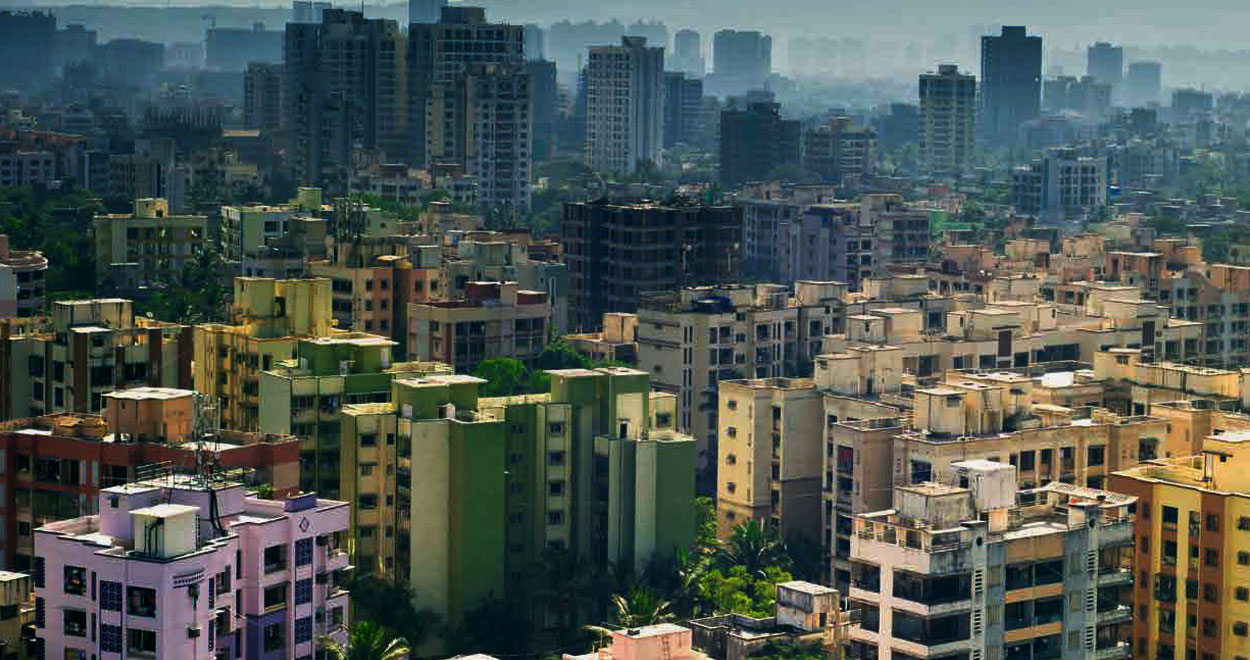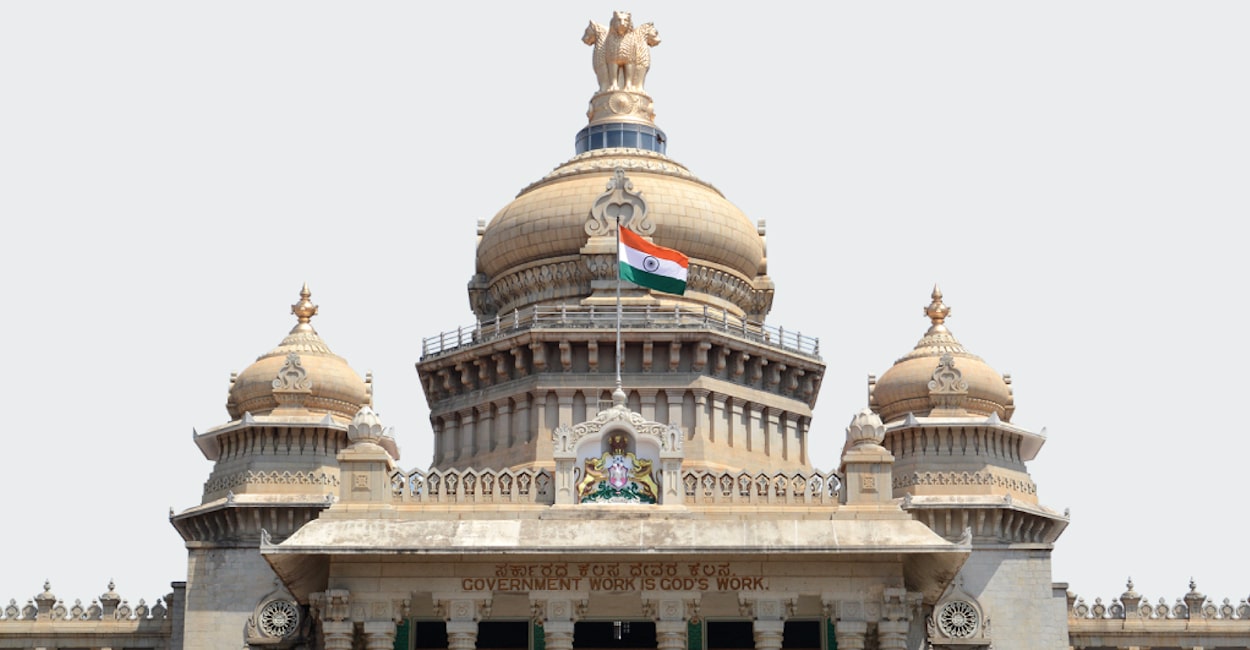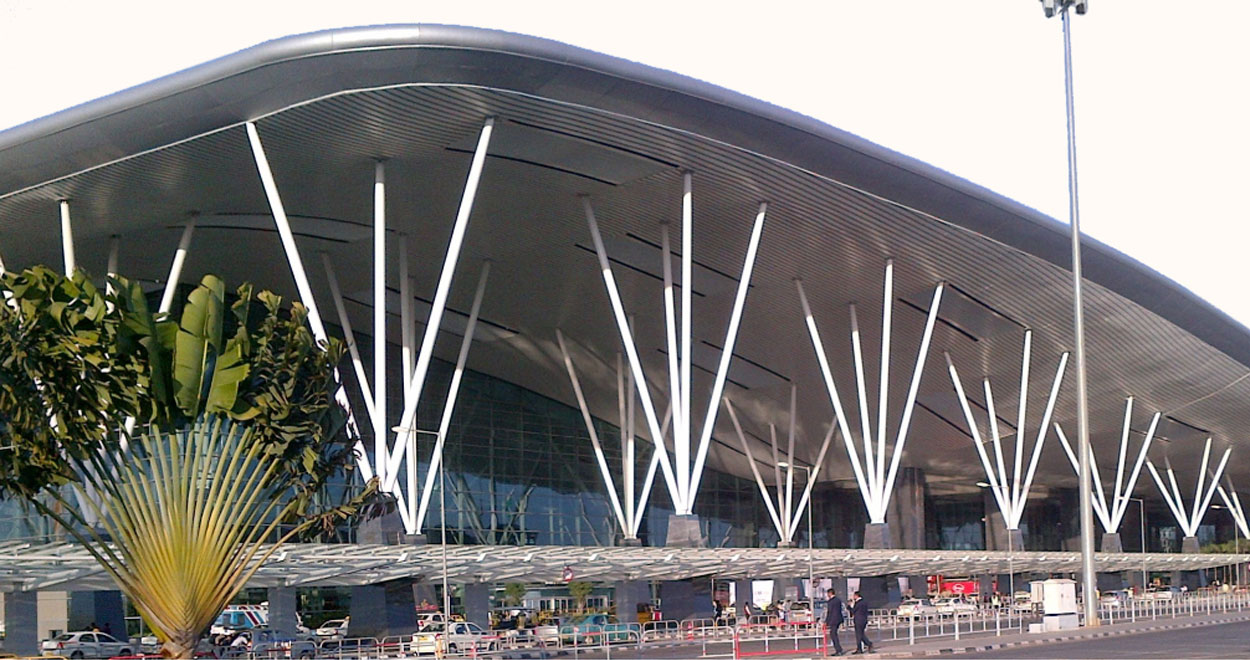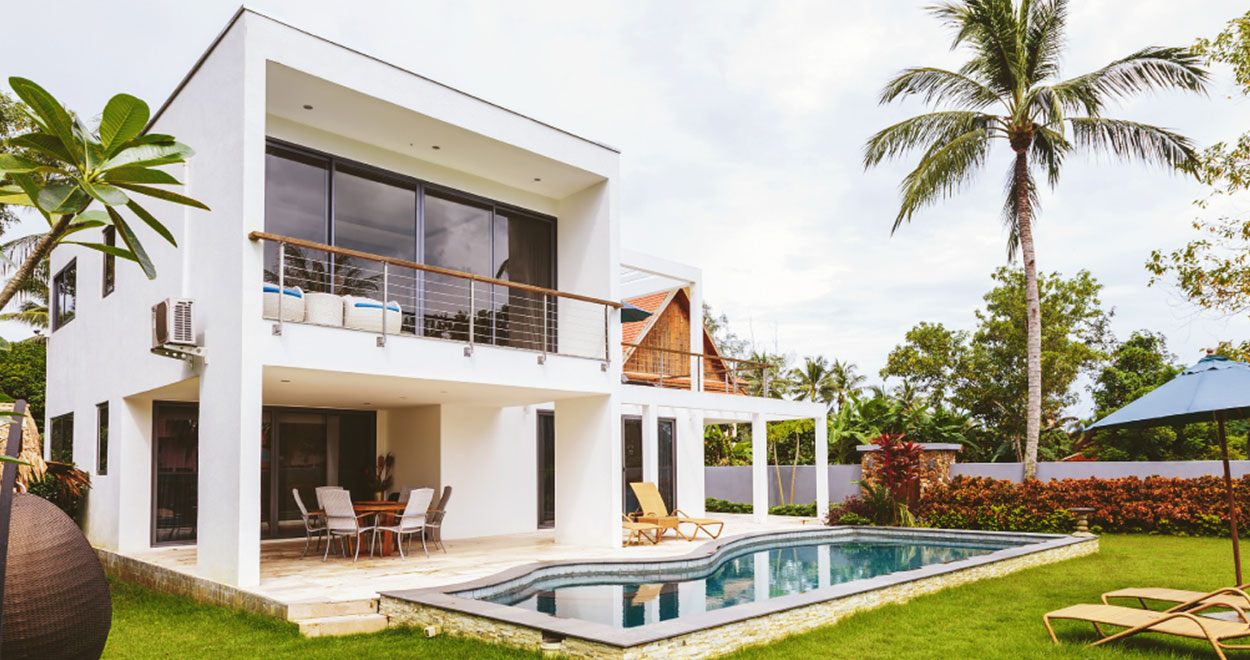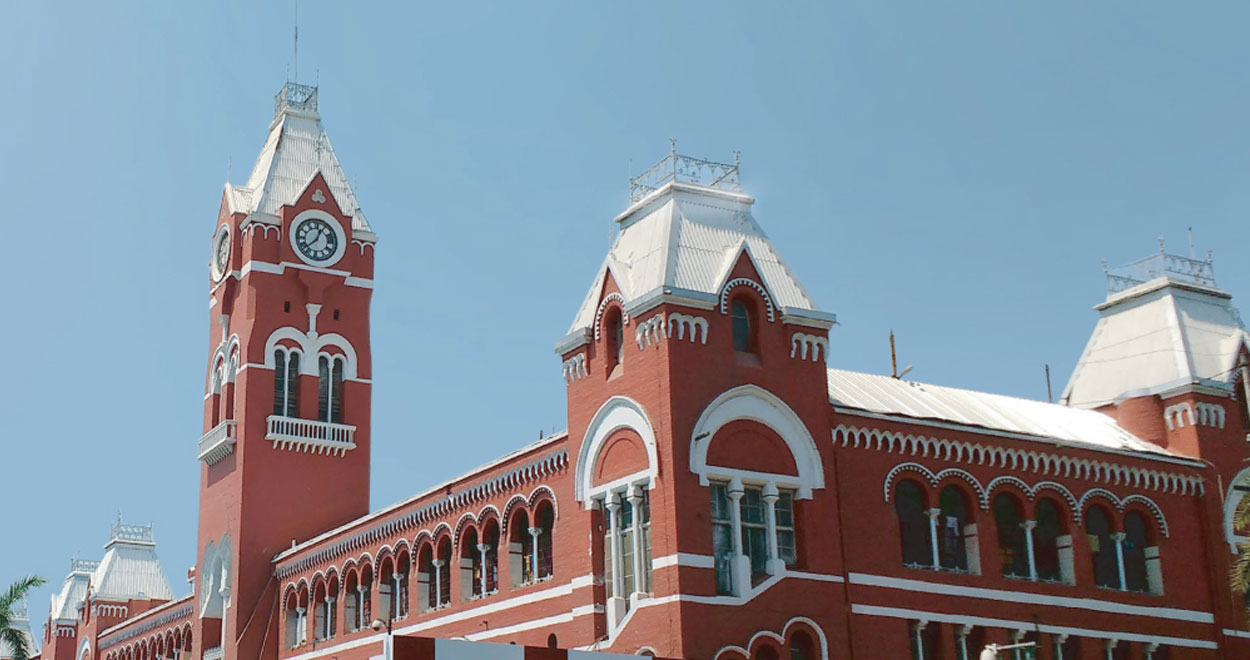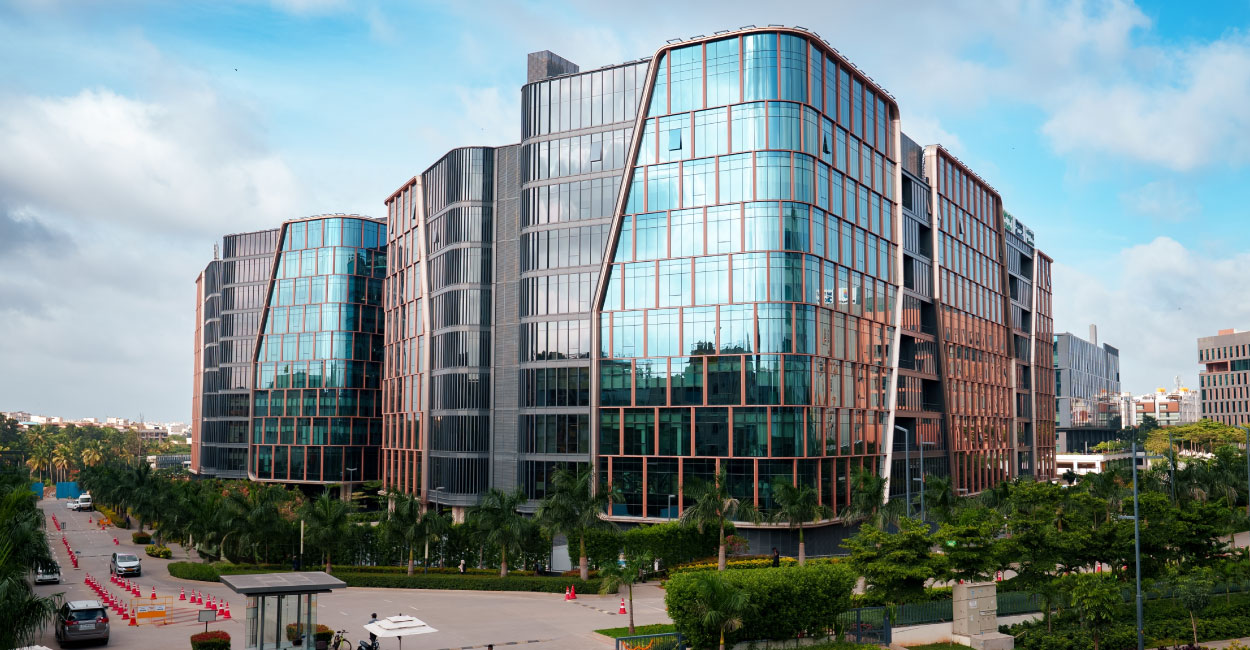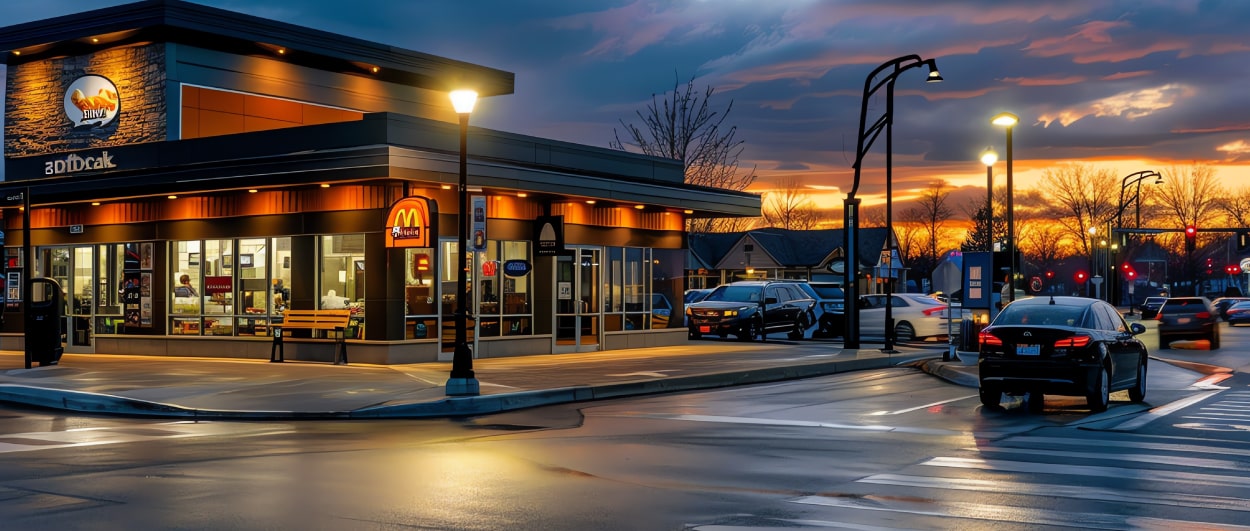India has a total population of 1.2 billion with 31% urban population. The economy has been on a high growth trajectory with non-uniform distribution of urban centres resulting in in situ urbanization. This has led to tremendous pressure on urban housing especially for the Economically Weaker Section (EWS). The Technical Group on Urban Housing Shortage estimated this shortage at 18.78 million units with 56% among the EWS. Since the launch of PMAY (U) in 2015, 51.07 lakh houses have been approved under the scheme; out of which, 28 lakh houses have been grounded and 8 lakh houses been completed. 91,694 beneficiaries have been covered under the scheme. Central Assistance to the tune of INR 13,583 Cr has been released and Interest Subsidy of INR 1,859 Cr has been credited. The overall individual home loans market in India recorded major growth post PMAY announcement and credit subsidies under the PMAY scheme -outstanding loans which averaged INR 1.1 lakh Cr pre-PMAY (2012-2014) increased to INR 1.7 lakh Cr post PMAY (2015- H1 2018), growth @ CAGR of 15.3%. Demand side intervention of Credit Linked Subsidy Scheme (CLSS) reduced the effective housing loan and Equated Monthly Instalment outgoes resulting in an increase in the number of beneficiaries for loan amounts up to INR 10 lakhs.
Disbursements in above INR 25 lakhs segment also increased in 2017 with the inclusion of the MIG segment under CLSS benefit. Affordable Housing in Partnership (AHP) projects were mostly launched on land of Urban Local Bodies and parastatal agencies. AHP projects provided a number of incentives like 100% deduction of profit, Central Assistance of INR 2.5 Lakh (revised in new PPP Policy 2017) per unit if 35% of the units in any project are in the EWS category, among others to increase private sector participation. Private Developers however refrained from partnering with the Government for development of AHP projects. As per developers, Central Assistance of INR 2.5 Lakhs per unit did not justify the high construction and financing costs. Besides, EWS units are also required to be handed over to the beneficiaries at no profit no loss basis and not at market rates. Developers though have the option to fix sale price of LIG or MIG units as a method of cross-subsidisation in lieu of price fixed for EWS units - benefits are not sufficient trade-offs for development of affordable housing projects.

